On startup, there is a race condition between between Q and Q' settling. Also, if both S and R are simultaneously toggled active, there is a race condition and invalid state. However, in normal operation, a race condition is pretty rare.
The case in which there could be a race condition during normal operation (only S or R is active at a time) is when the S or R active edge is not held long enough (minimum pulse width is violated) for the outputs Q and Q' to properly settle. In this case, there will be a race between the Q/Q' which is propagating through the feedback loop to stabilize the system, and the inactive edge of S or R (whichever caused the toggle).
